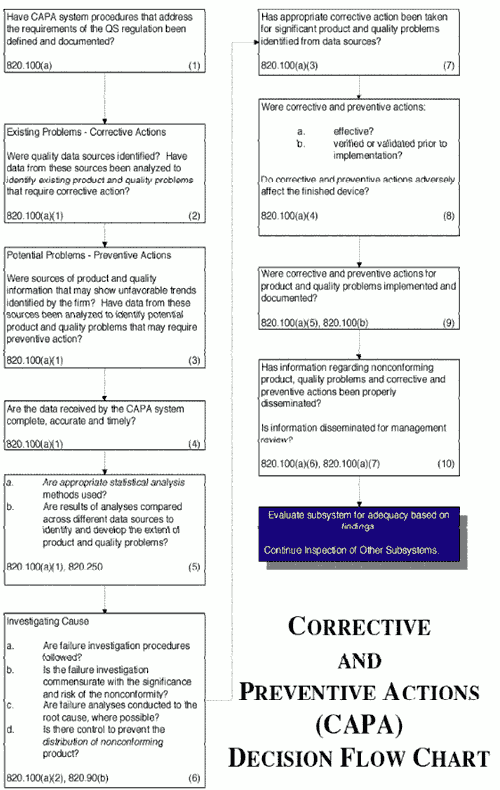
Corrective & Preventive Action Management
The purpose of the corrective and preventive action (CAPA) system is to collect information, analyze information, identify and investigate product and quality problems, and take appropriate and effective corrective and/or preventive action to prevent their recurrence. Verifying or validating corrective and preventive actions, communicating corrective and preventive action activities to responsible people, providing relevant information for management review, and documenting these activities are essential in dealing effectively with product and quality problems, preventing their recurrence, and preventing or minimizing device failures. One of the most important quality system elements is the CAPA system.
CAPA management is a systematic approach to identifying and addressing non-conformities, deviations, or incidents that impact product quality or regulatory compliance. It involves:
- Corrective Actions – Addressing the root cause of existing issues to prevent recurrence.
- Preventive Actions – Identifying potential risks and implementing measures to prevent occurrence.

CAPA MANAGEMENT SOFTWARE
CAPA management software plays a critical role in streamlining the CAPA management process. By automating many of the manual tasks involved in deviation management, the software can help companies identify, report, investigate, document, and resolve deviations more quickly and effectively.

